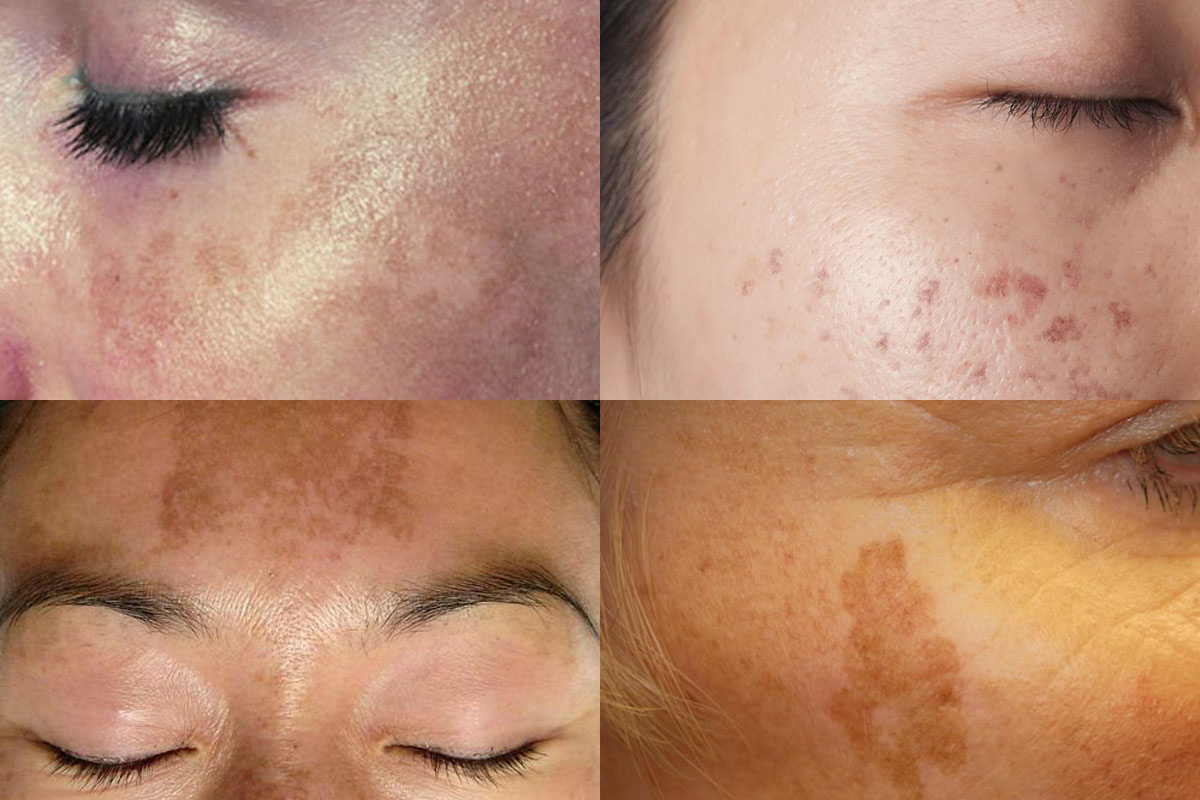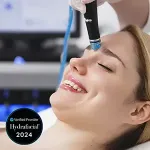Ever noticed darker patches on your skin that just don’t seem to fade? You’re not alone - and you’re definitely not stuck with them forever.
At DRVICTORIA™ Clinic, we see hyperpigmentation every day, from sun spots and post-blemish marks to hormone-related melasma. Understanding why it happens is the first step to bringing your skin back to balance.
What Exactly Is Hyperpigmentation?
Hyperpigmentation simply means areas of your skin have more pigment (melanin) than others. It can appear as brown, grey or even pink patches and often shows up after sun exposure, breakouts, or hormonal changes.
There are three main types:
- Sun-induced (Age Spots or Sun Spots): caused by UV exposure, usually on the face, chest and hands.
- Post-Inflammatory Pigmentation (PIH): marks left behind after acne, cuts or flare-ups.
- Melasma: hormonally triggered pigmentation, often during pregnancy or from contraceptives, appearing on the cheeks, forehead or jawline.
Freckles fade in winter. Hyperpigmentation tends to stick around, so it’s your skin asking for extra care.
(Examples of types of pigmentation)

Why Does It Happen?
When your skin is stressed by the sun, inflammation or hormones, it releases melanin to protect itself. Think of it as your skin putting up a shade.
The problem is that sometimes this pigment doesn’t fade evenly. Over time, small spots or patches can deepen, making your skin look uneven or tired.
Step One: See What’s Really Going On Beneath the Surface
Before treating pigmentation, we need to know where and why it’s happening. That’s where our Observ 520X skin scanner comes in.
It uses specialised light to reveal what’s hidden below the surface - sun damage, sensitivity, and early pigment changes. This helps us choose the right treatments for your skin rather than guesswork.
You’ll be amazed at how much we can see with a scan and how targeted your plan can be once we know what your skin actually needs.
How We Treat Pigmentation
We often combine treatments for faster, more even results. Here are some favourites:
Microchannel Facials
Creates tiny micro-channels that allow advanced serums, like exosome, to penetrate the protective barrier of the skin. Great for melasma whilst creating a smoother texture.
Laser or IPL for Sun Spots
If you have distinct dark patches or age spots, laser energy can break them up safely - making them less visible for clearer and fresher skin over a few sessions.
Hydrafacial®
A fantastic way to deeply cleanse and hydrate the skin. It’s brilliant for revitalising dull dry skin from sun damage for that instant glow we all love.
At-Home Skincare That Makes a Real Difference
Your results depend as much on what you do daily as what happens in clinic.
My go-to trio for pigmentation from the DRVICTORIA™ Skincare range are:
- Vitamin C Serum: brightens and protects from daily damage.
- Illuminate Peptide Serum: targets uneven tone and inflammation.
- SafeGuard SPF 50: the absolute must. UV is the number one reason pigmentation keeps coming back.
Consistency is everything. With regular use, most people see noticeable improvement after 3–6 months.
Realistic Expectations
- Full eradication is rare: deeper pigment or decades of sun damage is unlikely not vanish completely.
- Relapse is possible if sun protection is lax - so SPF is your new best friend!
- Multiple sessions often needed: working with the skin renewal cycle achieve progressive results.
But with patience, expert guidance, and good skin habits - you can absolutely achieve a more even, luminous complexion.
Let's Find Out What Your Skin Needs
If you’re noticing patches of dark skin, whether from sun damage, old acne, or hormones, the first step is to Book an Observ520X skin analysis. This gives us the insight to recommend the most effective, tailored plan for you.
Author's experience
Aesthetician Toni is an advance skin therapist qualified in laser, IPL, microneedling and Hydrafacial® treatments who is trusted by her large and loyal clientele to help them achieve healthy, glowing, beautiful skin.
References and Resource Links:
- Harvard Health Publishing, Demystifying hyperpigmentation: Causes, types, and effective treatments, Fisher, 2024
- Medical News Today: What to know about hyperpigmentation, Sissons, 2023
- British Association of Dermatologist: Melasma, 2018
- Primary Care Dermatology Society: Hyperpigmentation - of the face and neck, 2023




